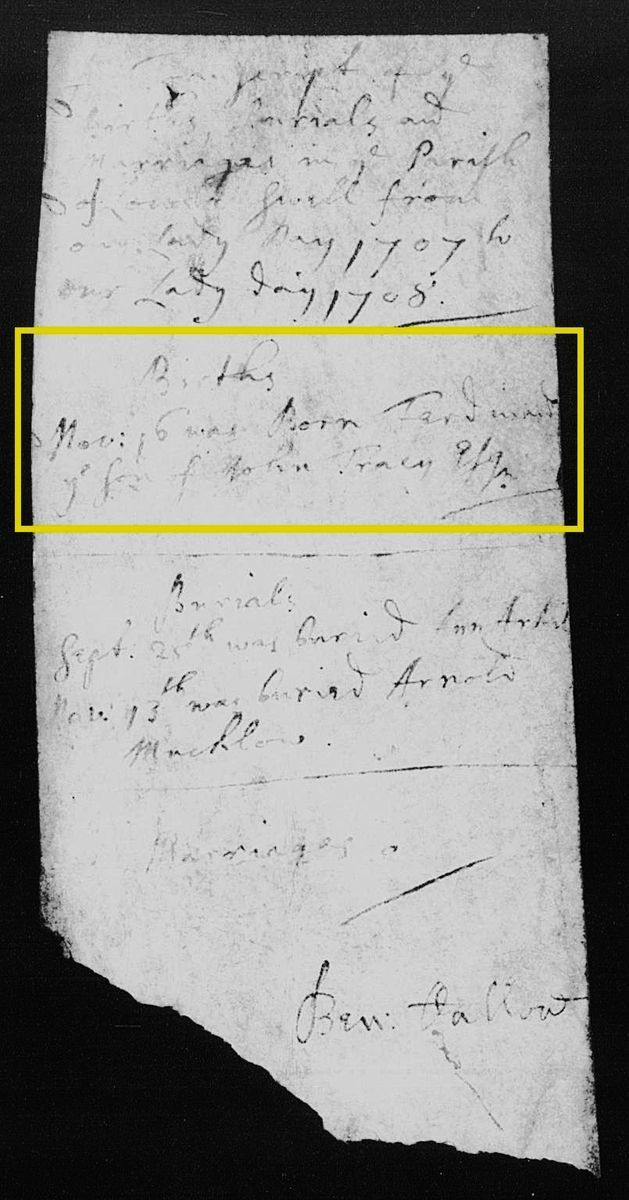Auction: 24005 - The Official Coinex Auction of Ancient, British and World Coins
Lot: 524
Eighteenth Century (1720-1750), Gold Mourning Ring in memory of Ferdinando Tracy of Stanway, 'F Tracy obt 3 May 1729 aet 21', white enamelled gold skeleton, cross-bones and hour glass design on the outer band, inscription in italic font on interior side, makers mark: WC, 4.36g, ring size approx. N [interior width 1.7cm] (BM AF.1610; AF.1606; AF.1609; AF.1602; 1961,1202.469; 1961,1202.166; PAS NMGW-4CCFA5), the use of white enamel in place of black, typical in the case of a death of a young or unmarried person and therefore much rarer, although the smaller details of the skeletal design have been worn away, the motif remains clear and decipherable, the interior inscription in extremely fine condition, a fascinating piece of history once belonging to a member of the aristocratic Stanway family in Gloucestershire
Provenance
Found whilst metal detecting at Long Lawford, Rugby (Warwickshire)
Ferdinando Tracy (16th November 1707 - 3rd May 1729)
The 'F. Tracy' commemorated on this gold mourning ring, was the third son of John Tracy, Esquire of Stanway, and Anne (daughter of Sir Robert Atkyns). He was one of several children, including Robert (who became a Whig MP) but died childless in 1767; his twin brother John (a Cursitor Baron of the Exchequer); and Anthony, who eventually changed his name to 'Keck' in order to inherit the Great Tew estate through his paternal grandmother. Ferdinando's name was a family name, held by both his uncle and grandfather. The latter had been named after Ferdinando II, Medici Grand Duke of Tuscany (1621-1670) by his father, who must have been encountered him in Florence during his grand tour in the 1630s.
Ferdinando was born in Lower Swell in Gloucestershire, on the 16th November, as documented in a contemporary record, seen here alongside the lot. Little is known of his life, or indeed of his untimely death. He was set to inherit family property, and he had not written a will, implying that he perished unexpectedly and quickly. He died on the 3rd May 1729, and was buried 10 days later, without issue or wife - hence the use of white enamel instead of black. Because he died without a will, it is not know who owned this mourning ring, but it was likely a close relative, perhaps his parents or one of his numerous siblings.
The Tracy name died out in this branch of the family, when the estate eventually passed to Anthony Teck's daughter Charlotte, who was Maid of Honour to Queen Charlotte. She married Edward Deveroux, the 12th Viscount Hereford in 1774, but they did not have any children. When she died in 1817, the Stanway estate passed to her sister Susan's son Francis, the 8th Earl of Wemyss and March.
The maker's mark on the ring quite clearly reads 'WC' in blackletter script within a rectangular punch. This punch has widely been associated with the London goldsmith, William Coles (Free of the London Goldsmith's Company 7th December 1722). His mark was entered as 'smallworker' on the 5th August 1724. He is known to have been active in the years 1724-1764, so this ring would be one of the earliest examples of his work. There are six rings in the British Museum that have been attributed to his hand (one of which is crafted using white enamel and a skeletal motif), and two in the Museum of London.
Special thanks go the Wemyss and March Estates for generous assistance in providing research.
Subject to 20% VAT on Buyer’s Premium. For more information please view Terms and Conditions for Buyers.
Sold for
£2,500
Starting price
£900









